An introduction to Conservation buildings in Singapore
In Singapore, the URA Conservation department is the regulatory body that oversees more than 7,000 conserved buildings in Singapore.
National Heritage Board and URA Conservation protect and govern our national monuments. To date, there are 75 national monuments, each a vital part of our built heritage. They have been bestowed the highest level of protection in Singapore.
Types of Conservation Work – Conservation properties
Category 1
The proposed works impact and affect key elements of the conserved building. They have a major impact on the architectural character and spatial and structural integrity of the heritage building. Works that fall within this category will need a Singapore registered architect to make conservation submissions and obtain clearances from the relevant authorities’ departments.
Category 2
Where the proposed works affect key elements of the conserved building to a lesser extent as compared to category 1 works, and have some impact on the architectural character and spatial and structural integrity of the heritage building, the submissions are required to be made by a Qualified Person (QP) who is either a Registered Architect or a Professional Engineer.
Category 3
This category of works refers to any proposed works that are minimal and localized and/or for repair and maintenance of the conserved building. These submissions need not be made by a Qualified Person (QP).
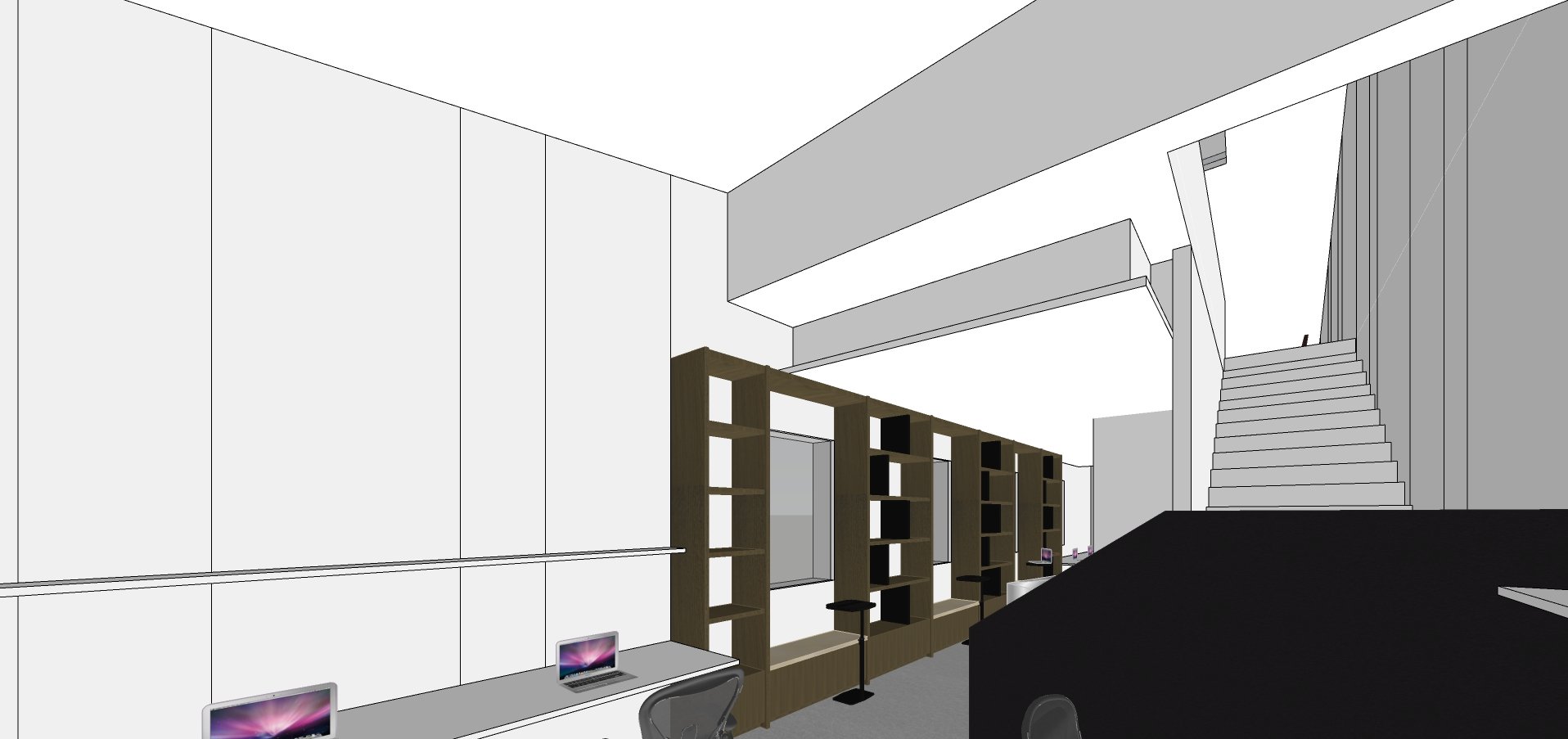
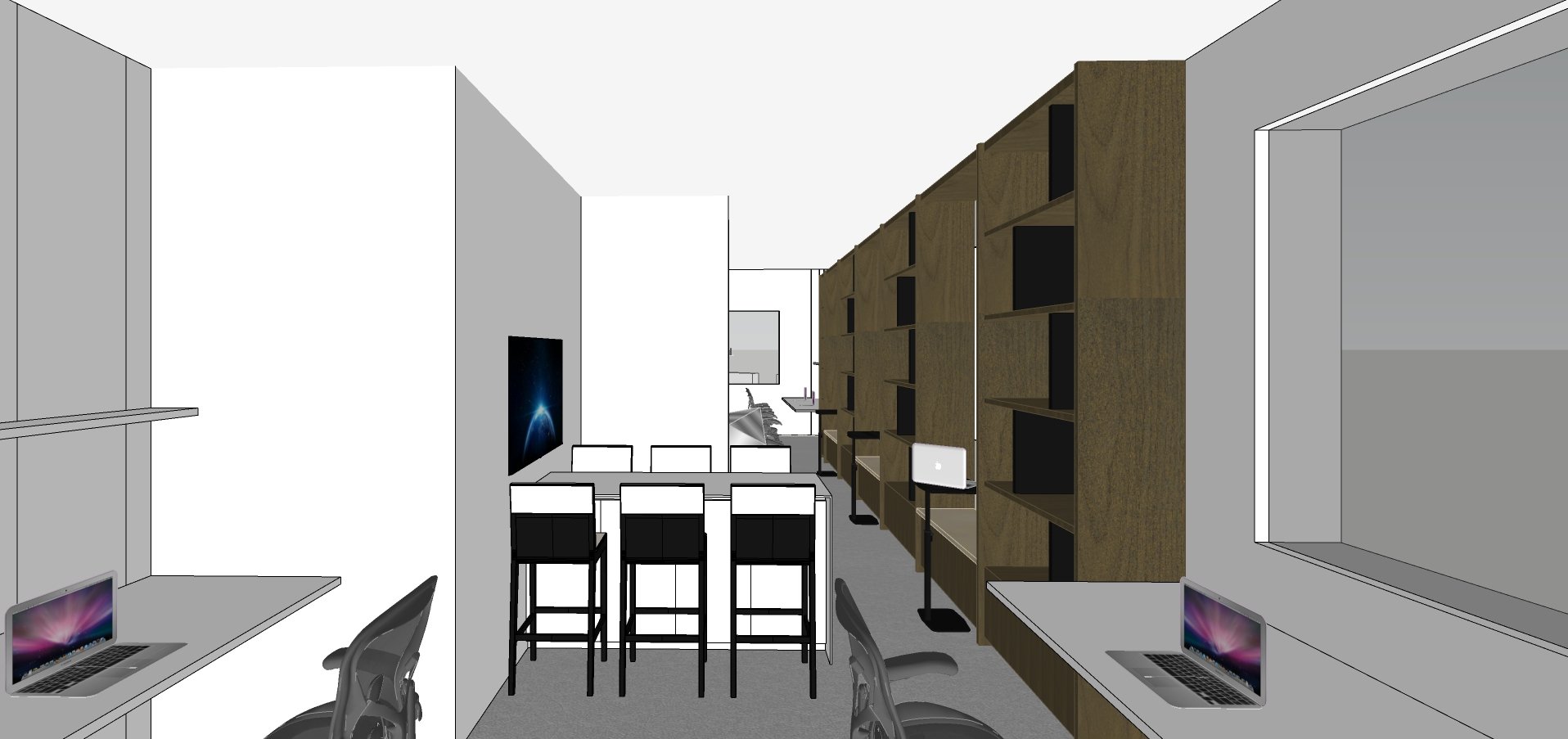
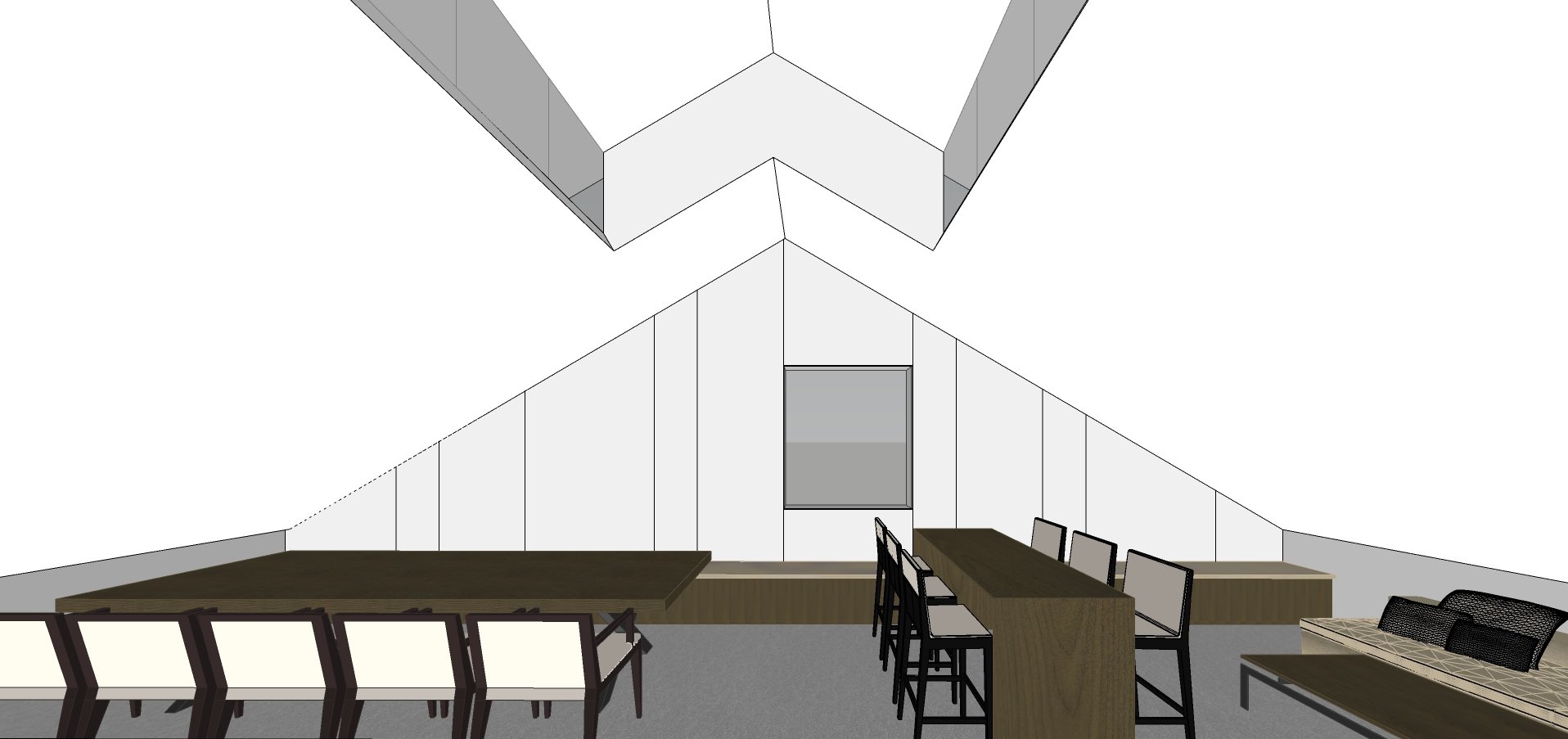
Types of Preservation works – National Monuments
Each of our national monuments has a special set of preservation guidelines specific to each heritage structure. They need special care and attention and are required to be up-kept for our future generations to enjoy. As stated in the Preservation of Monuments Act, owners and occupiers of a gazetted National Monument have a responsibility to maintain the property. As each monument is unique, READ Architecture would be happy to provide advice and help to national monument owners who are considering any maintenance and restoration works.
When in doubt, it is always advisable to seek advice from the authorities or feel free to enquire with our conservation architects at READ Architecture.
Our philosophy and approach to our architectural legacy are to create a dialogue between the old and the new. This is to foster a sense of heritage and charm whilst integrating modern functionalities. We pay special attention to materials and techniques. Through conservation, we learn from our built heritage and it inspires innovation and new ways of thinking about and approaching the built environment. Through adaptive reuse, we practice sustainability in our design.
Rather than confining our attention to individual structures, we participate in modern heritage practice, adopting a holistic, place-based approach and acknowledging intangible communal values such as language, skills, and customs.
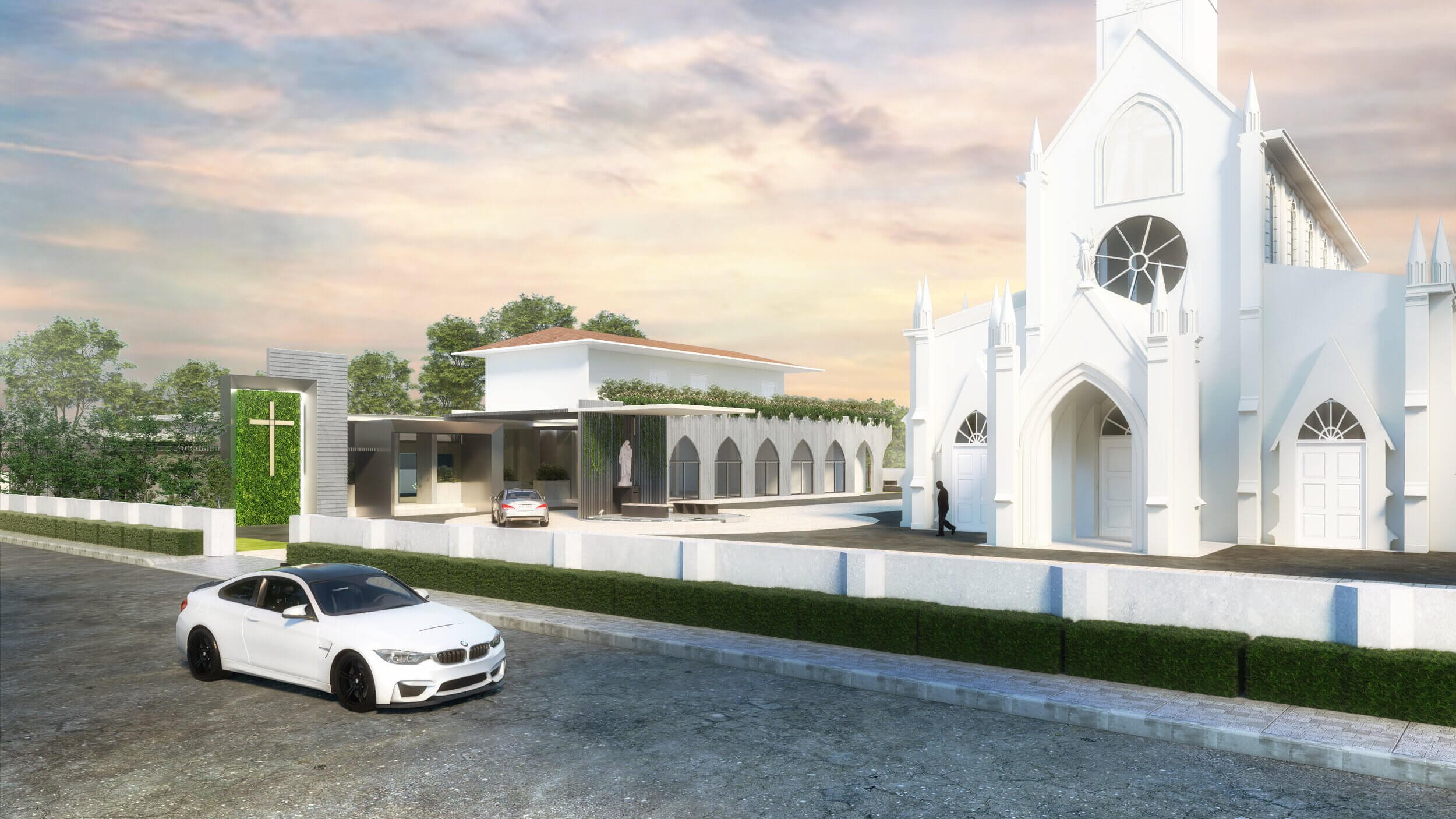
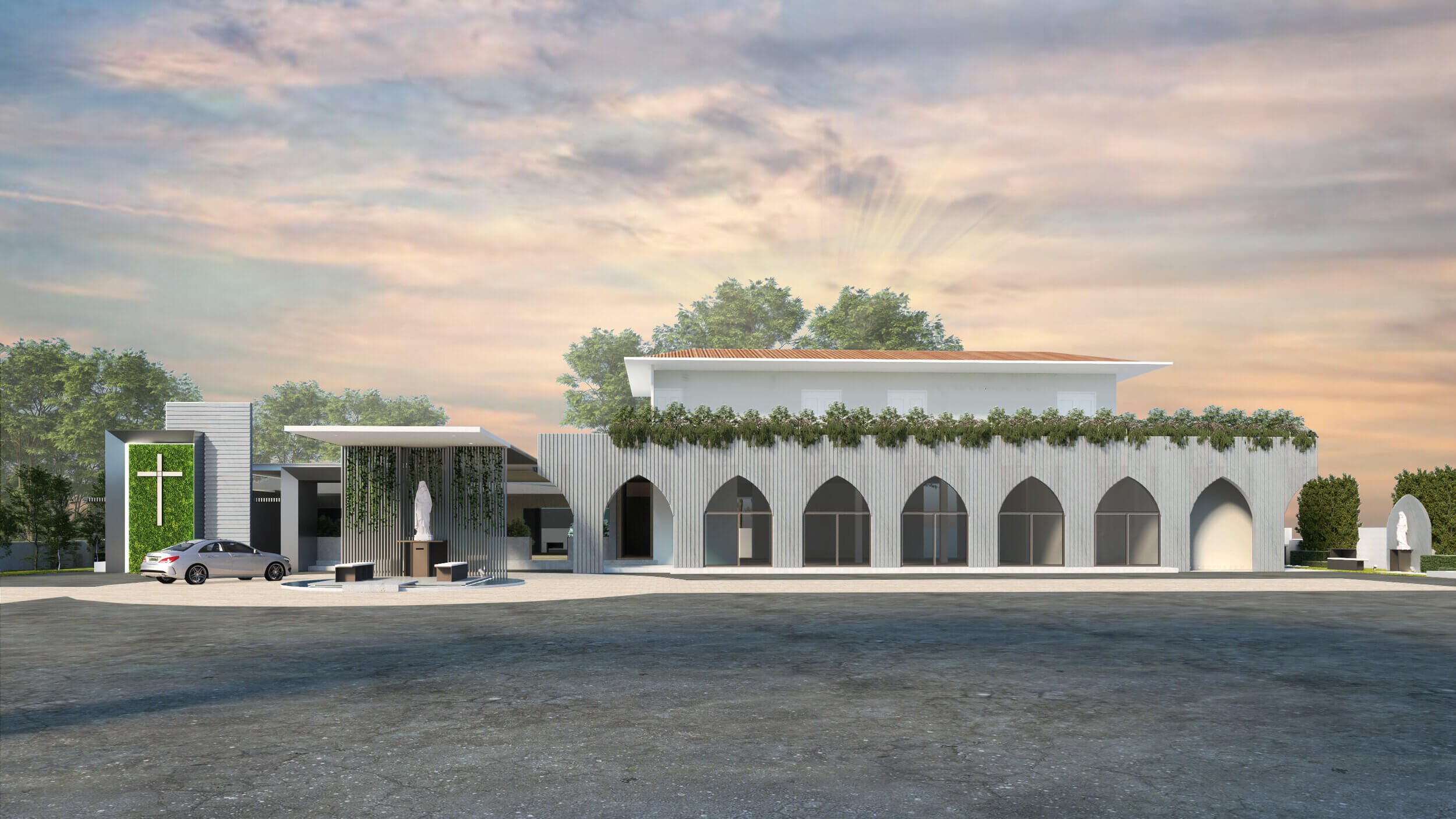
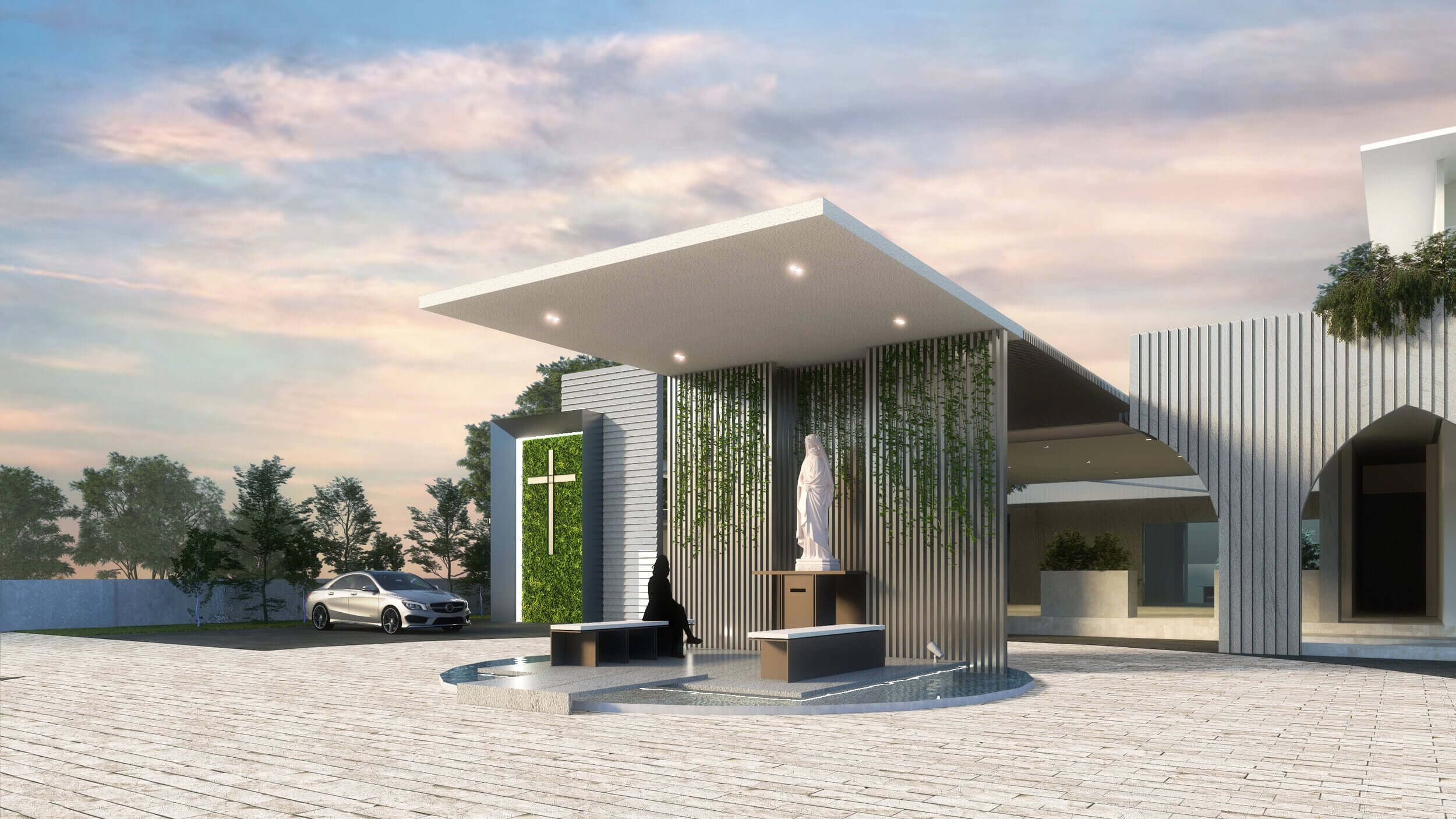

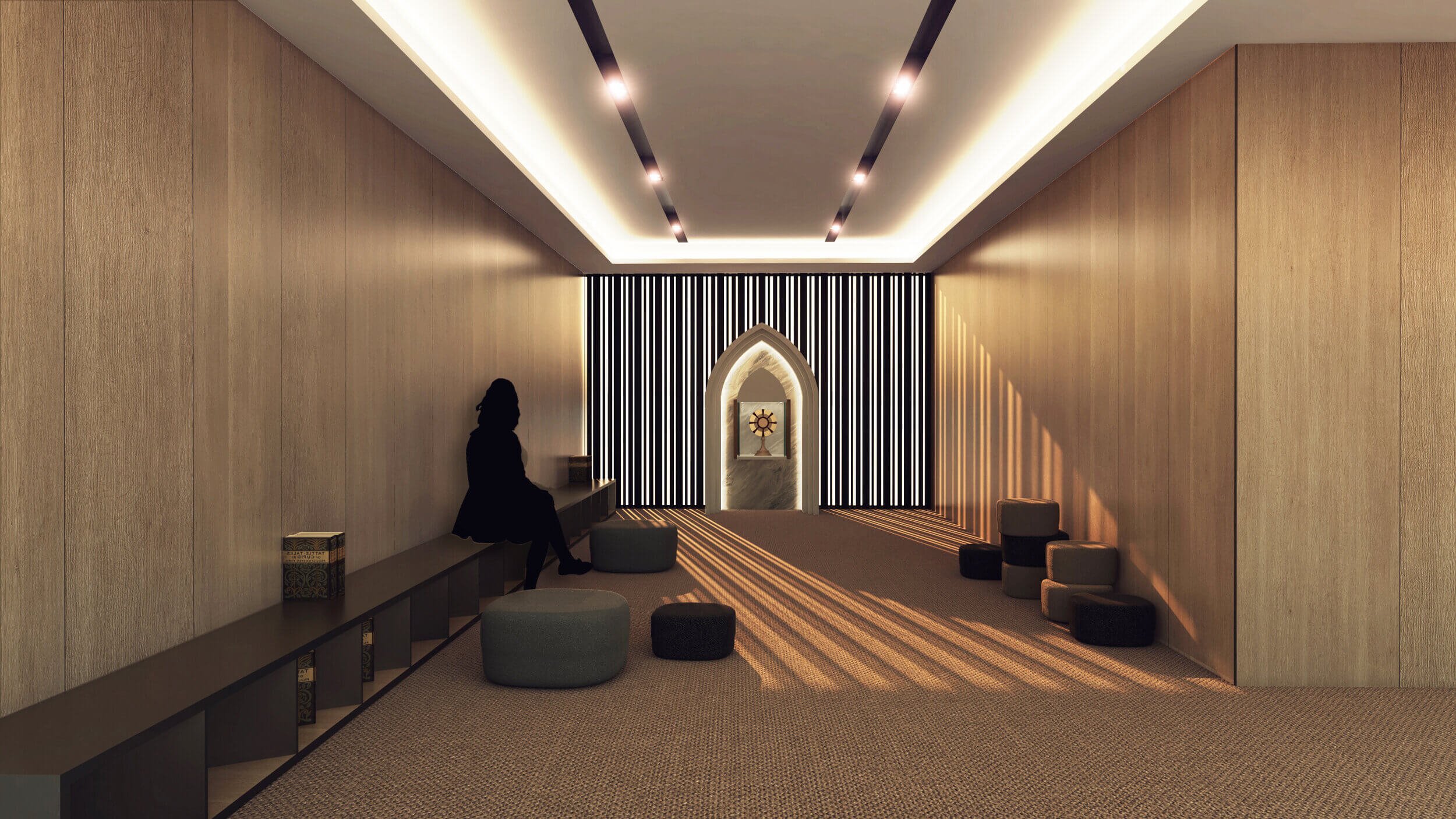
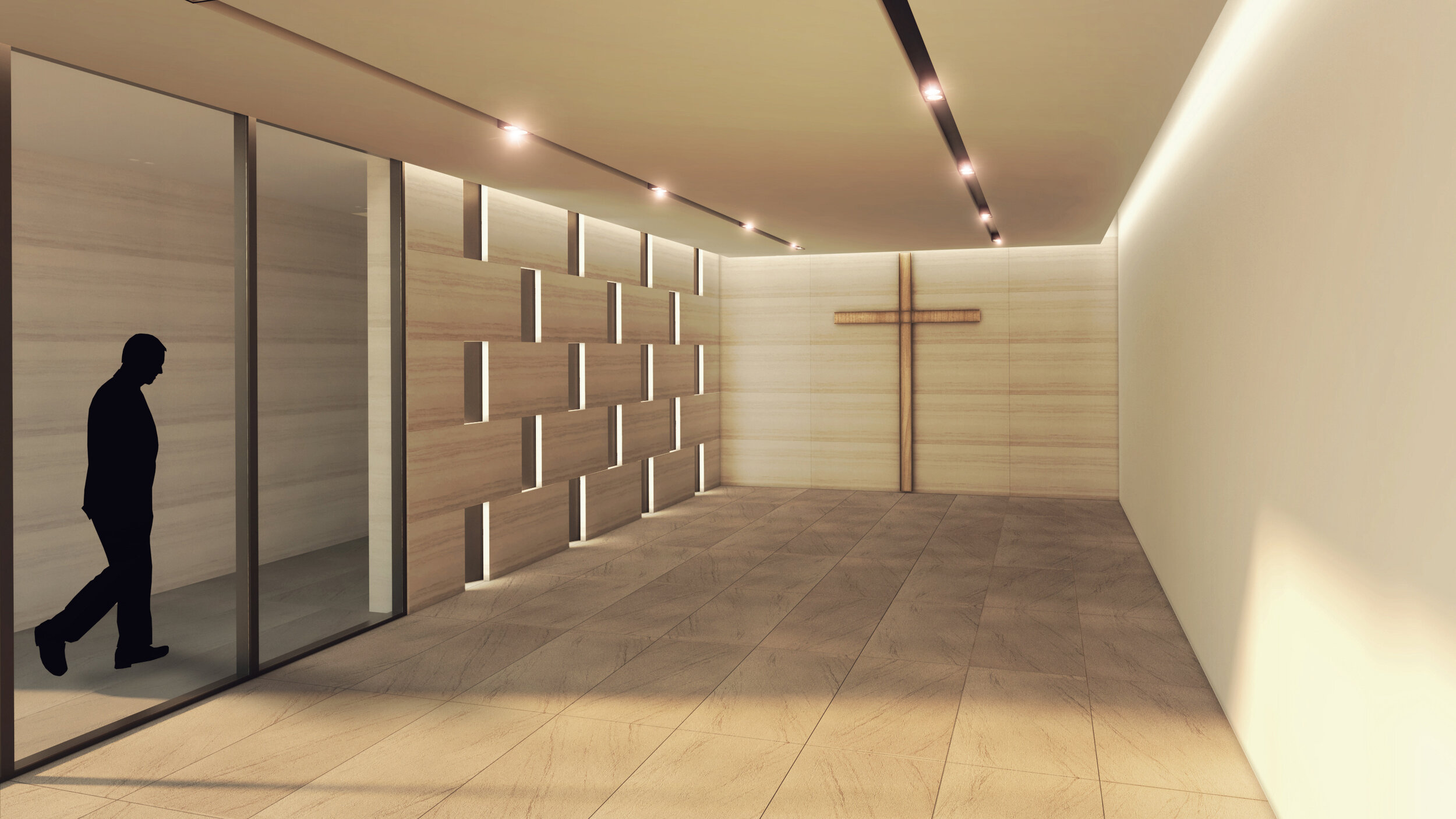
Our Conservation and Heritage Design Services
Complexity is common in the fields of conservation and heritage design. READ Architecture has expert designers and conservation architects who are familiar with the challenges involved in restoring historic structures and redeveloping historic neighbourhoods.
READ Architecture provides Architectural Conservation, Restoration, and Research services including Historical Research, Architectural Heritage Surveys, Heritage Impact Assessments, and Design Evaluations.
As Singapore Registered Architects, we can make the necessary URA conservation submissions and assemble a team of consultants to meet the project needs. We also have experience in obtaining approvals from National Heritage Board for national monument projects.
READ Architecture – Conservation architect services
READ Architecture provides comprehensive architectural services for preserving and restoring historic structures. These abilities also apply to planning additions and renovations to existing structures in a modern or period style that use traditional materials and skilled labour.
We collaborate with clients, stakeholders, and advisors to achieve optimal results for our clients and their cultural heritage assets. We believe it is critical to learn as much as possible about the goals of our clients and the distinctive historical value of each building or site before recommending any kind of change.
Our familiarity with both old and new building techniques, as well as our meticulous attention to detail, ensures we are well-versed in incorporating ecologically friendly and functional new technology into older structures. In particular, we excel in fusing well-crafted examples of modern architecture with older buildings.
READ Architecture is a strong advocate that heritage features have historical value. We aim to turn the art of conservation into an advantage for our clients. While some may see heritage status as a roadblock to progress, we see it as an opportunity to preserve culture and capitalise on the local histories present.
